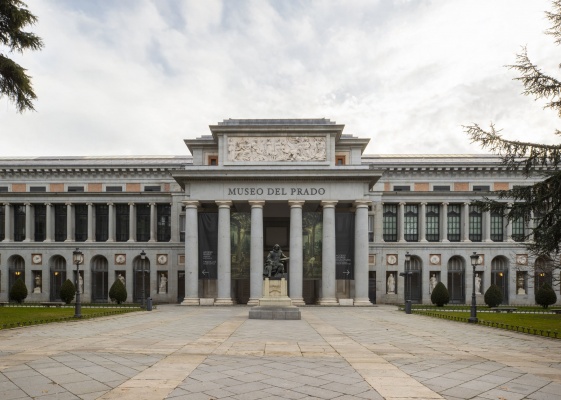Descripción de la Exposición
Maria Auxiliadora: On the Terrace of the World
by Pollyana Quintella
Despite her short and meteoric rise in the Brazilian artistic milieu (1967-1974), Maria Auxiliadora was able to affirm her work as a manifestation of her being full of life. Her inexpensive technique - a mixture of national oil paint, Wanda paste, commonly used in household repairs and occasionally her own hair strands - is the starting point to building the possibility of another world, whose space for dreams and fables is not only guaranteed but fully realized.
In this exhibition, there are many scenes that position leisure and pleasure as central elements. This is present in the gafieiras, sambas, carnival balls and the flirting of all kinds. It is also present in religious rituals and happy work situations, a kind of image contrary to the conditions in which the black community was subjected to while laboring in the countryside and in the city. This is how we see the workers represented by Auxiliadora: integrated into the land and cultivating something healthy. Sometimes they are also singing, dancing and having fun. While they work, their characters boast fashion models, neat prints, ruffles, lace and swollen hairstyles full of texture. They are a mix of memories from family stories, a taste for fashion (Auxiliadora learned to embroider with her mother when she was just nine years old, and she wanted to “study for model maker” (1), all her photographs show meticulous care with her own appearance) and desire for community. In fact, both the life and the work of Maria Auxiliadora espouse the idea of??communion, a kind of “quilombismo”. Let us remember Abdias Nascimento, for whom “Quilombo means fraternal and free meeting, solidarity, coexistence, existential communion.” (2) By combining different scenes at the same time, the artist's paintings tend to signal a non-linear simultaneity that is characteristic of the collective experience.
Along with this, it is necessary to recognize the work of Auxiliadora in the constant transition between tradition and modernity, the rural and the urban, fashion and pop culture, religiosity and syncretism, gender and race, singularity and collectivity, public and private space, among other binomials more or less harmonious. It is precisely in the difficulty of categorizing her art that its strength is sewn. This implies assuming the active, critical and self-conscious character of her corpus of work. It is the exact opposite of the understanding around what naive naivety and its correlations are meant to be.
I go further: the work of Maria Auxiliadora reflects the makings of a full life. There is a starry sky for each couple, drumming for each party, lace for each woman, corn for each chicken and a dignified death for each sick person. Such fullness is also manifested in the way in which the artist tends to impregnate her pictorial surface with decorative taste - a symptom of her lyrical vocation. There are flowers, plant motifs, prints and geometric patterns. Everything is a pretext to decorate the surfaces of the world. If decorativism disperses attention and institutes rhythm to the composition, it also indicates that there is a whim in each and every part.
Finally, we are facing a body of work that corresponds and challenges our expectations simultaneously. Where ingenuity and tradition are expected, there is fashion, city and malice. Where productive work is expected, there is leisure, fun and rest. Where religious purity is expected, there is syncretism and contamination. I will repeat myself, but the emphasis is necessary: Maria Auxiliadora helps us to imagine and produce a world whose centrality is life.
(1) FROTA, Lélia Coelho. Mitopoética de 9 artistas brasileiros. Rio de Janeiro: Funarte, 1978, p. 76.
(2) NACIMENTO, Abdias do. O Quilombismo. Petrópolis: Vozes, 1980

Formación. 30 oct de 2025 - 11 jun de 2026 / Museo Nacional del Prado / Madrid, España